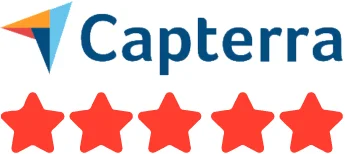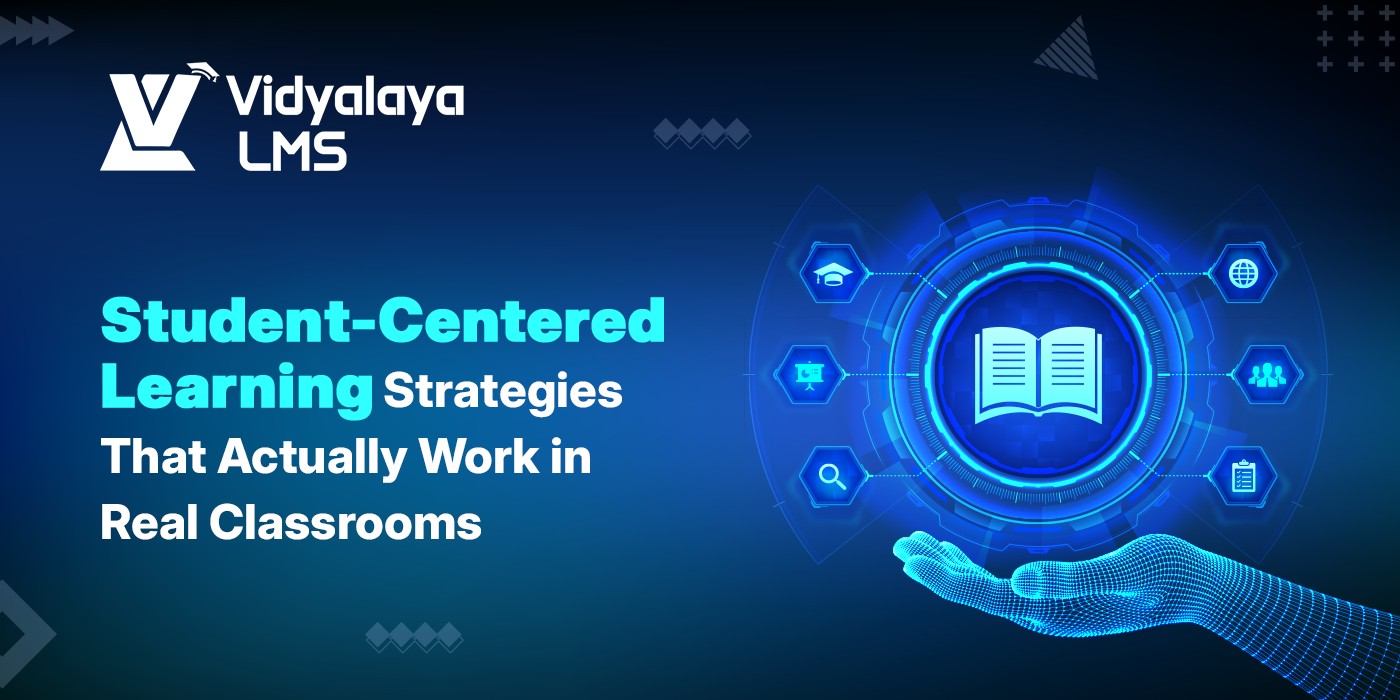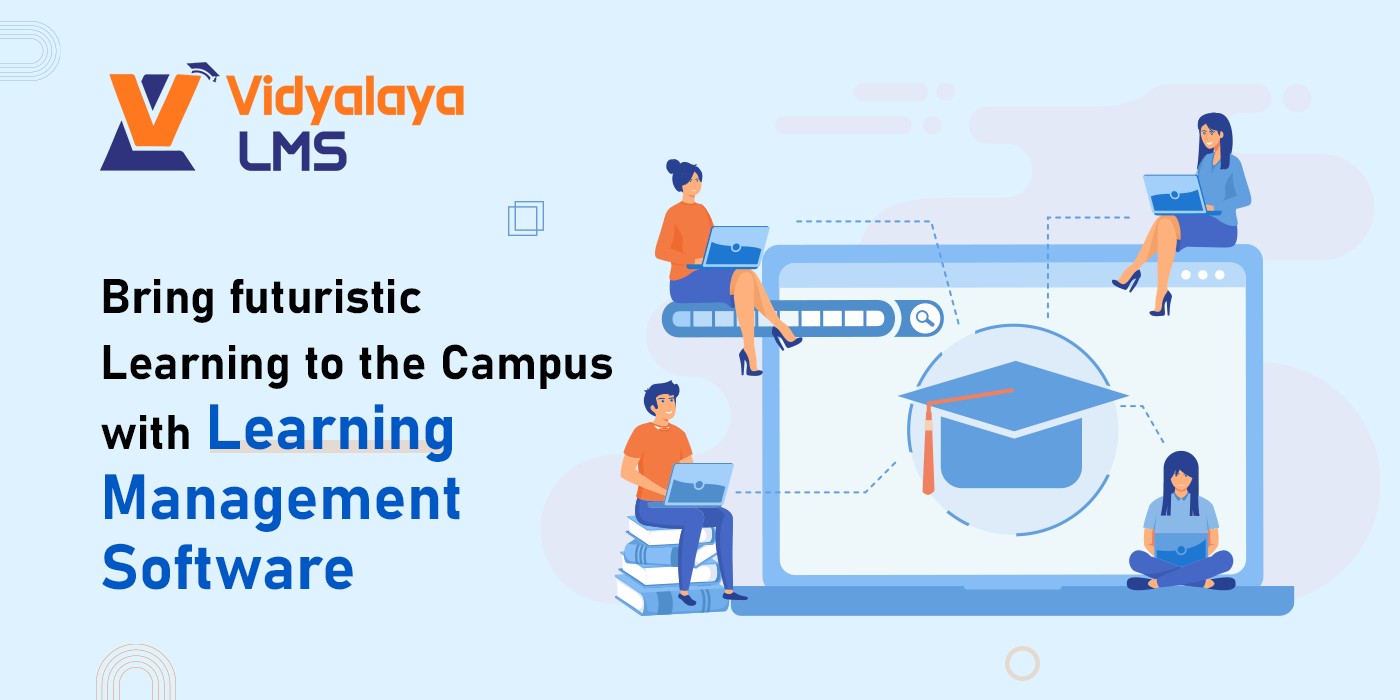Traditionally, education has been teacher-centered or instructor-centered. This means that it was centered on the educators distributing knowledge. While this is still how instruction is delivered, Student Centered (sometimes referred to as problem-based learning) is now the preferred and focused teaching approach in education approach within which students own their learning. They are not passive listeners; they participate, collaborate, and put knowledge to use in real-world situations. But what does this mean for teachers? Also, which student-centered learning strategies are effective in real classrooms?
This guide will help you understand student-centered learning, student-centered learning methods, the advantages of student-centered methods, and examples of effective methods you can use in practice to make your classroom a more interactive and engaging place for learning.
What is Student-Centered Learning?
A student-centered learning environment means an instructional approach where lecturing and instructing take on a meaning that focuses on students’ needs, interests, and learning styles, which informs instructional choices. The teacher assumes the role of a facilitator or guide rather than the only purveyor of information. The students should be engaged in problem-solving, critical thinking, and project-based collaboration that allows for self-paced, self-directed learning.
This type of instructional approach is more disruptive than a lecture-based approach to teaching, where the teacher has most of the control over the content provided in the lesson. In student-centered teaching, the students have more responsibility and ownership in their learning, which ultimately leads to a better understanding of the content and overall retention.
Key Benefits of Student-Centered Learning:
Adopting Centered Learning approaches offers several advantages for both students and teachers.
- More Engaged Students: Engaging lessons promote students’ continued motivation and interaction.
- More Retained Information: When students engage with “doing” as part of their learning, they typically remember the important concepts longer.
- Development of Critical Thinking Skills: Learning activities reference problem-solving skills or creative thinking skills.
- Allows A Customized Learning Pathway: Students can learn at their own pace and adapt to the different abilities of their peers.
- Collaboration Skills: Projects with teammates allow for learning collaboration and communication about learning.
- Foster Lifelong Learning Habits: Promotes curiosity in learners, along with independent thinking.
With these important student-centered learning benefits in mind, student-centered learning is a powerful, authentic way in which students learn in real-world scenarios.
Student-Centered Learning Strategies That Work:-
Here are five tried-and-tested Student-Centered Learning methods that teachers have successfully implemented in classrooms worldwide.
1. Project-Based Learning (PBL):
What it is: Students work on projects of an extended duration that involve research, problem-solving, and presentation of their findings. The projects often link class lessons to real-life scenarios.
Why it works: It combines the academic content with practical application, thus helping students access their learning with meaningful connections.
Example: Students could design a model of a sustainable city in a science class where they are using concepts from physics, environmental science, and mathematics.
2. Flipped Classroom Model:
Description: Students become acquainted with new concepts at home through videos, reading materials, or online modules. They then use class time to discuss the concepts, work on problems, and collaborate.
Value: Letting students learn at their own pace ensures class time is devoted to active engagement.
Example: A history teacher provides a video lecture on the effects of the Industrial Revolution for homework. When students come to class, they discuss its effect on modern society.
3. Inquiry-Based Learning:
What it is: Students investigate topics in a questioning manner, and they investigate to conclude, instead of being able to respond without questions.
Why it works: Inquiry-based learning helps students think critically and be curious.
Example: In biology class, students might investigate “How do different light conditions affect plant growth” by completing an experiment.
4. Choice Boards and Learning Menus:
What it is: Students select from a variety of activities or assignments, giving students agency in their learning.
Why it works: It accommodates diverse learning preferences and student interests, and personalizes of learning experience.
Example: In a geography class, the choice board might include options such as creating a travel brochure, writing a research report, or developing a photo essay about a country.
5. Gamified Learning:
What is it: Adding game elements—points, challenges, leaderboards—to lessons.
Why it works: It leverages motivation and engagement through competition and rewards.
Example: A math teacher creates a digital quiz competition with badges for mastering different skills.
Advice on Implementing Student Centered Teaching in Real Classroom Settings:
Switching from teacher-directed to student-directed teaching may seem overwhelming at first, but taking gradual steps can help the transition go smoothly. Here is some useful advice:
- Take baby steps! Rather than transform your entire teaching plan, start by introducing 1-2 strategies.
- Be a conduit for student voice! Encourage students to express their preferences and ideas about how they want to learn.
- Use a combination approach! Incorporate a direct instructional component with cooperative or interactive learning activities.
- Use technology! Use tools like Google Classroom, Kahoot, or Padlet for collaborative work.
- Vary your assessments! Use formative assessments, peer assessments, and self-reflections rather than just assessments that measure learning.
Student Centered Learning Challenges:
While there are many benefits to student-centered learning, there are also potential challenges to consider, including:
- Time Constraints: Developing lessons for students to engage with can take longer than planning lessons to deliver in traditional lectures.
- Classroom Management: Group work may require a greater need for discipline or guidance.
- Assessment Challenges: Assessing one student’s progress on any group task can be tricky.
Solutions:
Thinking ahead, clear expectations for overall learning and assessment delivery, and assessing contributions to a project through rubrics, and individual assessments for contributions to group project with individual rubrics can provide accountability.
Future of Student-Centered Learning:
As technology develops and education changes, student-centered learning practices will most likely become the norm rather than the exception. Schools that foster student-centered learning are likely to better prepare students to be successful not only on tests, but in life after school, with problem-solving, adaptability, and collaboration.
Conclusion:
Implementing student-centered learning strategies isn’t just a pedagogical shift—it’s a transformational change that leads to higher engagement, deeper understanding, and long-term academic success. However, for these strategies to work consistently in real classrooms, educators need more than just ideas—they need the right tools to manage, personalize, and track learning experiences.
At Vidyalaya LMS, we bridge the gap between innovative teaching and scalable implementation. Our Learning Management System empowers educators to apply student-centered approaches effectively, whether it’s through personalized learning paths, interactive assessments, or real-time performance tracking. If you’re an educator, institution, or decision-maker looking to put students at the center of learning while maintaining structure and accountability, Vidyalaya LMS is your strategic partner. Let us help you transform your classroom into a dynamic, student-driven environment—powered by smart, flexible technology.
Get in touch with us today to see how Vidyalaya LMS can support your student-centered learning goals.



























